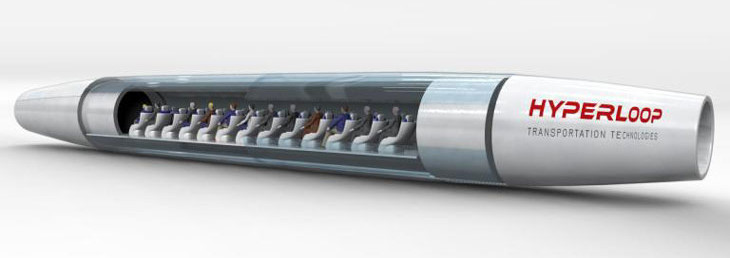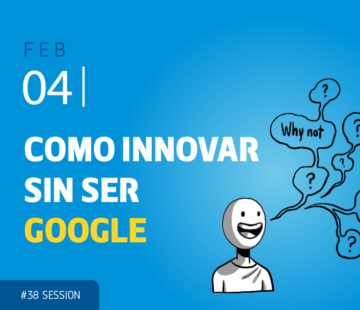The most disruptive fact of Hyperloop project is not about sending people through tubes at 1200 km/h

Contrary to what most people think, Hyperloop project is developing without significant support from Elon Musk or any of his companies. In August 2013, the founder and CEO of Tesla Motors unveiled his idea of a revolutionary transit system that would shoot pods full of people in above-ground tubes at 1200 km/h. He did it by making public a 57-page alpha white paper in which he noted he didn’t really have the time to build it.
JumpStartFund, an online platform combining elements of crowdfunding and crowdsourcing, then fresh off its beta launch, decided to take on the Hyperloop project to test the company’s approach and incidentally get some attention and visibility. After proposing the project on their online platform, the founders of JumpStartFund created a subsidiary company to get to work. This way Hyperloop Transportation Technologies (HTT) was born.
Three years later, this startup is about to build a $100 million Hyperloop test track, and it’s paying its “employees” nothing. Instead, all people voluntarily engaged in the project work for at least 10 hours a week during their off-hours from their full-time jobs in exchange for a stake in the company. Under this model, the company currently has a team of over 400 people and several industry partners working on the Hyperloop.
Attracting talent with equity and something else
HTT’s unconventional model has enabled the company to attract some of the best talent, with amazing backgrounds from psychologists and lawyers to people who worked on Mars Rover and that were part of the Manhattan Project, talent from companies like Nasa, Boeing Airbus, SpaceX, Tesla and many alike, professionals that can keep their day jobs while also having the chance to work together with some of the best minds in the world on an idea that could have a significant impact on transportation infrastructure in the future.
The team is split into working groups based on their interests and skills and covering various aspects of the massive project, including route planning, capsule design, and cost analysis. They work mostly over email, with weekly discussions of their progress. Hierarchy is minimal, but leaders have naturally emerged. The crowd collaboration platform lets HTT share its progress with the public and attract potential investors and collaborators. HTT receives applications from professionals and is approached by industry leading companies every day.
Most of first works were done by 25 UCLA students. The school’s SUPRASTUDIO design and architecture program partnered with JumpStartFund, and the students worked on all the design solutions the new transit system would require. Most recent announcements included engineering companies like Oerlikon, AECOM, and Hodgetts & Fung providing key technological and infrastructure support to the Hyperloop project.
The company is now looking to bring in more strategic partners and is also looking at sponsorship opportunities as a way to fund development. For instance, they are considering a public offering in the form of a Dutch auction. According to Dirk Ahlborn, CEO of both JumpStartFund and HTT, the offering isn’t really aimed at raising money for the project development as it is about giving their community the opportunity to be a part of the initial investment, to let their team members to go beyond being just “emotionally invested” in the project.
Changing the way companies are built
If Hyperloop project finally succeeds, making possible travelling ground-level from Los Angeles to San Francisco in 30 minutes will be a relatively small achievement compared with another more difficult and truly disruptive goal: changing the way companies are built.
Of course, at some point, Hyperloop Transportation Technologies will likely have to shift from this work-when-you-can-but-don’t-expect-money model to something a bit more conventional. Most likely, we think the way of working will integrate different models of participation and collaboration.
Meanwhile, it’s worth to notice how JumpStartFund’s model in general and HTT’s in particular is setting a new precedent by replacing the “old” way of doing business with a means to attract amazing talent from all over the world; how they could be considered not just a game-changer in the crowdsourcing and crowdfunding worlds but, more than that, a new way of building a startup.
Most significant for the future of companies in the coming new business paradigm is what Dirk Ahlborn repeats at his presentations:
“Anywhere we go people are just excited and people want to be a part of it. More than a company or an engineering project, this is becoming a movement”
